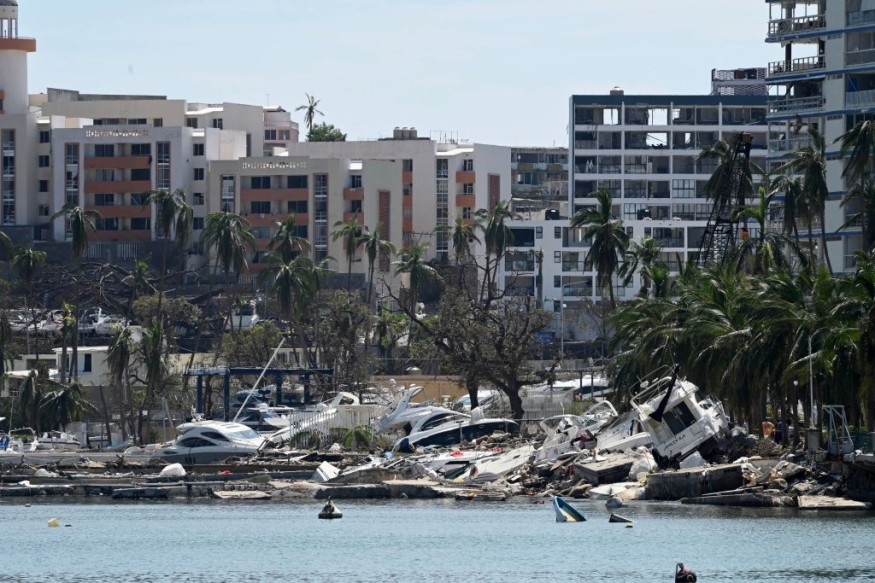A recent report studied the hurricane intensification. They found two types of rapid intensifications, marathon and sprint, that can bring significant dangers to people and communities.
Hurricanes can bring devastating damage to people and wildlife. It can cause heavy rains, flooding, landslides, power outages and widespread travel disruptions. In the US, Americans are no stranger to powerful storms, including Hurricane Ian.
As a result, weather prediction tools are essential to anticipate an arriving low-pressure, storm and hurricanes. It will help people to prepare better.
Hurricane Rapid Intensification: Marathon and Sprint

In an effort to understand hurricane intensifications, researchers studied the reasons. With advanced technology and monitoring, they came up with unique ways to have new insights.
According to the study, hurricanes can quickly intensify depending on the warm waters and low wind shear. It can likely generate powerful storms up to Category 4 or 5.
In addition, the burst of thunderstorms can help with the formation of hurricanes. Awareness about the intensifications can help meteorologists and weather agencies in providing the latest reports.
Meanwhile, researchers explained the two modes of rapid intensification, the marathon and sprint. Each mode has a distinct intensification mechanism.
The marathon mode is considered a long-lived intensification. According to the report, it shows the storms or hurricanes that manage to intensify symmetrically. It can reach sustained winds of 130 mph or higher. The environmental conditions, like minimal wind shear, help in the hurricane's strength.
On the other hand, the sprint mode is known as short bursts of intensification. Unlike the marathon mode, the sprint is considered quick. It can reach about a strength of category 1 or 2. Residents can expect bursts of thunderstorms during the sprint mode.
Scientist Falko Judt, the study's lead author, explained that the two different modes need a set of conditions to strengthen. Judt noted that scientists should be aware of the rapid intensification.
Hurricanes and Climate Change
Hurricanes can become frequent due to climate change. It can also intensify storms, wildfires, heatwaves and prolonged drought. The impact of climate change can cause warmer sea temperatures, helping hurricanes to become powerful.
The warmer waters will harm marine wildlife but also fuel the development of hurricanes. Poorer communities can be at risk of flooding due to excessive rainfall.
On the other hand, it can also influence the drought and dry conditions. Climate change can reduce rainfall, affecting water supplies. Prolonged drought can be challenging for communities and marine animals.
As a result, homeowners should stay updated with the weather due to extreme weather conditions. Communities should invest in better warning systems, especially for areas at risk of flooding rainfall.
Furthermore, keeping home emergency kits is also recommended to stay safe from hurricanes and other extreme weather.
Related Article : Global Impact of Extreme Weather Events: Climate Change Can Intensify Frequent Hurricanes, Drought, Wildfires
For more similar stories, don't forget to follow Nature World News.
© 2026 NatureWorldNews.com All rights reserved. Do not reproduce without permission.





